The commercial real estate industry is notoriously delayed in its reaction to changing market conditions, but both landlords and tenants alike have been expecting to see rent prices lower as a result of the COVID-19 global pandemic. As government officials force a second shut down and San Diego’s unemployment rate remains strikingly high, with a wide lens, anyone might venture to suspect that a tenant’s market is on the horizon in our city. However, while businesses optimistically cross their fingers for lower rents, the current trends suggest that only some could be so lucky.
Before diving into the data, it’s important to note that in the commercial real estate industry, negative and positive net absorption are typically correlated with rent price. A negative net absorption means that more space was vacated over a time period than was rented, and therefore foreshadows lower rent rates. Positive net absorption then reflects the inverse. In the era of COVID, this mirrors a common theme: there’s no good without bad and no bad without good, Yin and Yang, one man’s trash is another man’s treasure.
In previous times of recession, the different sectors of commercial real estate were equally influenced in price fluctuations and response. However, this has not been the case for the current economic climate. One could speculate that this boils down to a rise in e-commerce, as in-person shopping becomes less favorable, and the temporary termination of office life-- resulting in varying real estate necessity.
In the industrial sector, things seem to be looking up, as a whole. According to Cushman & Wakefield’s Industrial Marketbeat report, 7,200 of the 135,800 jobs lost in San Diego can be attributed to the manufacturing sector, making up only 5%. In terms of leasing, we’ve observed a strong turnaround in rentable space. The second quarter of this year saw 901,100 square feet (sf) return to the market, but in quarter three, tenants absorbed 876,748 sf. This would suggest that a bounce back, from previous job loss, is in the cards for manufacturing and distribution. However, sticking to our theme, this would also indicate that rent rates would remain steady, or possibly rise from the average $1.13 price per square foot that we observed in the third quarter.
As for the professional and business services sector, positivity appears to be (almost) the norm for tenants. The Cushman & Wakefield Office Marketbeat reported that of the 135,800 jobs lost, professional and business services only attributed to only 300 of those jobs (0.1%). They also stated that for the third quarter in a row, office space reported a negative net absorption-- the first time since 2009 that we’ve observed 3 consecutive quarters of return. By the end of this year’s third quarter, in total, tenants have returned over one million square feet across all of San Diego year to date. Despite all obvious signs pointing to lower rents however, countywide, average asking rate per square foot only dipped $0.01 over the last three months, and still increased 4% in comparison to last year. It seems like, in true 2020 fashion, the unexpected overrules the logical, and our trusted trends have been defied. With that said, we do expect that the persistent climb in rentable space will soon force landlords’ hands, and prices will begin to fall.
Even so, regardless of data and projections, business decision makers are also reassessing how they might value commercial real estate looking forward onto a post-COVID world. It would seem from our personal relationships, that under safe conditions, the overall attitude toward working from home is unfavorable, and further suggests that the office must remain. Still, some businesses have proven that it’s possible for them to move to a completely remote setting, if they choose to sacrifice a collaborative in-person environment. Additionally, if the market prices won’t budge, urgency to return to the office could continue to lack.
This year has been an unusual one to say the least, and although standard long lease terms allow for a famously slow responding market, we still expect the long-tested trends to prevail. However, while we wait for the scales to tip toward a tenant’s market in the office sector that’s unlike one we’ve seen in several years, we encourage industrial tenants to get in quick before your options become more limited.















